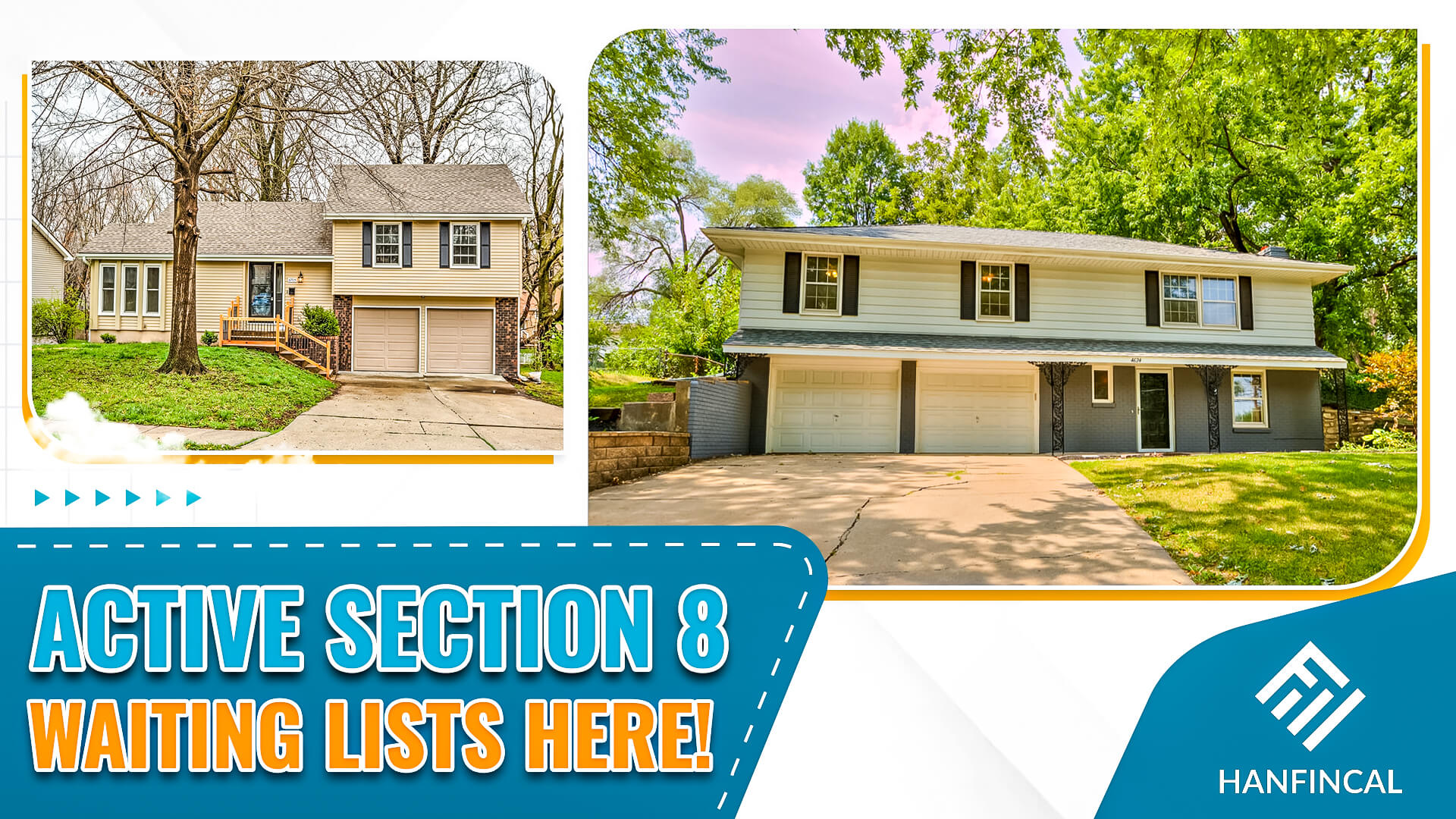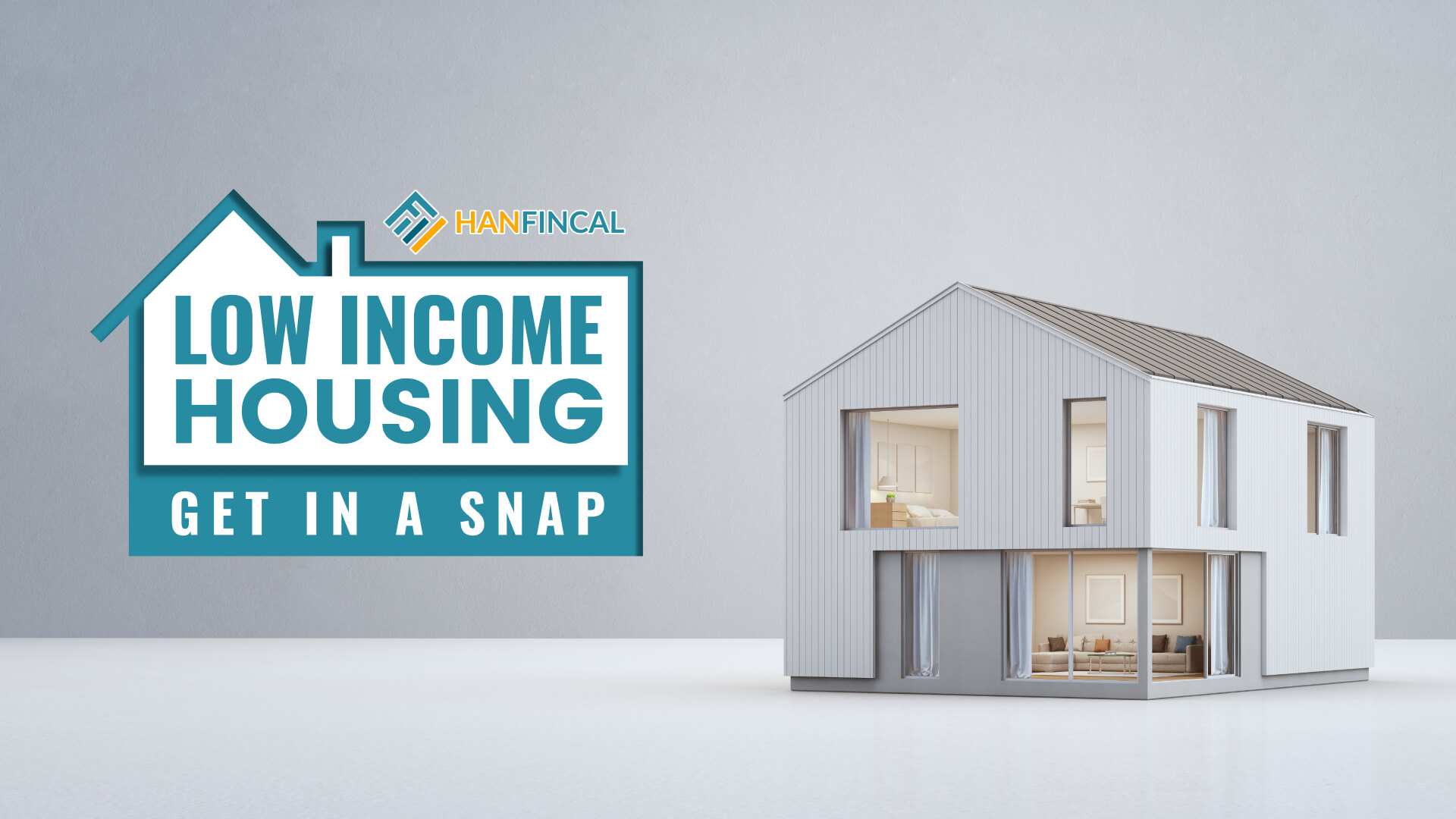The elderly and children are two of the most vulnerable groups in society, requiring special attention from others, including the government. In the United States, the government provides various options for housing, food, and other necessities to make life easier for its citizens. In this article, Hanfincal recommends 4 affordable housing assistance for seniors. Now is the time to see for yourself.
1. Housing Choice Voucher Program – Section 8
1.1. What is Section 8?
Section 8 housing is a federal housing aid program from the United States government that assists low-income families in obtaining safe and sanitary housing. The United States Department of Housing and Urban Development (HUD) oversees and finances this program, which was made possible by the Housing Act of 1937. On the other hand, local Public Housing Authorities (PHAs) manage the vouchers.
An apartment, townhouse, or single-family home can be used in this program; it is not limited to housing in subsidized housing buildings. Section 8 Housing only requires a monthly payment of 30% of your gross monthly income to be eligible for assistance. The remaining 70% will be paid directly to your landlord by the Public Housing Authority.
Section 8 Housing Choice Voucher has two programs, namely:
- Project-based Voucher.
- Tenant-based rental assistance.

Housing Choice Voucher Program – Section 8
1.2. Section 8 eligibility
Applicants for Section 8 housing vouchers must meet the following criteria:
- Citizenship status: Applicants must be U.S. citizens, lawful permanent residents, or legal immigrants to be considered.
- Income limits: Your monthly income must not exceed 50% of the area’s average monthly income, according to HUD (AMI). However, this is not a one-size-fits-all factor; it varies depending on the household size and other variables.
- Criminal and eviction history: Applicants must have no criminal activity linked to drugs, sexuality, or eviction from Section 8 in the last five years. Anyone who falls into this category is ineligible for any Section 8 program from the PHA.
1.3. How to apply for Section 8?
You can apply for a Section 8 housing choice voucher in 4 simple steps as below:
- Step 1: Determine your eligibility.
- Step 2: Fill out and submit your application form.
- Step 3: Find the active Section 8 waiting list in your area.
- Step 4: Find affordable housing when getting a Section 8 voucher.
Signing up for the Section 8 waitlist is a huge accomplishment in and of itself. However, waiting periods can last for many years or even decades. It’s difficult for everyone, especially for the elderly, who have a limited amount of time to live. So, you’ll need some advice on how to get help in an emergency. If you’re interested, look at this relevant article: How To Get Section 8 Immediately?
Do you take more than a year but didn’t get a Section 8 voucher? Click here to receive immediately!
2. Section 202 – Supportive Housing for the Elderly Program
2.1. What is section 202?
Section 202 is a low-income housing option for the elderly. The program offers low-cost apartments with a system to help the elderly with daily tasks like cooking, cleaning, and getting around. For this purpose, rental assistance is attached to the apartments. Participants in the program pay only 30% of their net income for rent.
2.2. Section 202 eligibility
To be eligible for Section 202, qualified applicants must meet the following requirements:
- Each family must have at least one person who is 62 years old or older.
- The applicant’s household must be a very low-income family. Put another way, a household’s annual income should not exceed 50% of the AMI in the area where they are applying to live.
2.3. How to apply for Section 202?
To apply for Section 202 housing, you can follow five simple steps below:
- Step 1: Make sure you’re eligible for Section 202 housing program.
- Step 2: Find an available Section 202 house.
- Step 3: Fill out, complete, and submit your application: Information general required include
- Social security number.
- Household net income.
- Name.
- Date of birth.
- Applicant phone number.
- Housing history.
- Applicant’s mailing or email address.
- Criminal history.
- Step 4: Wait for your application to be reviewed and approved.
- Step 5: Attend the final interview.
3. The Low Income Housing Tax Credit (LIHTC)
3.1. What is Low-Income Housing Tax Credit?
The LIHTC (Low-Income Housing Tax Credit) program is the most important tool available in the United States today to develop affordable housing. Because of the Tax Reform Act of 1986, states and local governments now have the authority to issue tax credits for purchasing, renovating, or new construction of rental housing for low-income families and individuals.
3.2. Low Income Housing Tax Credit eligibility
Tenants’ incomes must be verified in one of three ways by owners or developers:
- Tenants whose income is half or less of the median income area (AMI) must occupy at least 20% of the units.
- Tenants must occupy at least 40% of the units if their combined monthly income is 60% or less of the AMI.
- Tenants must occupy at least 40% of the units with an average income of less than 60% of the AMI.
3.3. How to apply for the LIHTC Program?
- Step 1: Find a LIHTC property.
- Step 2: Obtain and complete the application: Provide necessary information:
- Age.
- Rental history.
- Employment history.
- Income.
- Criminal record.
- Number of people in your household.
- Whether you’ve had previous evictions.
- References to verify the accuracy of the information.
- Step 3: Submit the application.
4. Eldercare locator – Website for housing options for older adults
Locating resources for the elderly in any U.S. community begins with the ElderCare Locator. Access to resources that help seniors remain independent in their own homes and communities is made possible through this Administration on Aging service, which is available to everyone for free. It also assists family caregivers. It is run by the National Association of Area Agencies on Aging (NAAAA). They offer:
- Information and Assistance.
- Care Management.
- Family Caregiver Support Program services (FCSP).
- Nutrition Services.
- Legal Assistance.
Is this post about affordable housing assistance for seniors from Hanfincal helpful? Do you have a preference? If you’re unsure which program is right, do your own research based on the aforementioned information. Don’t waste time waiting for application and approval until you’ve certain you meet all the requirements. We believe you have made a wise decision.




